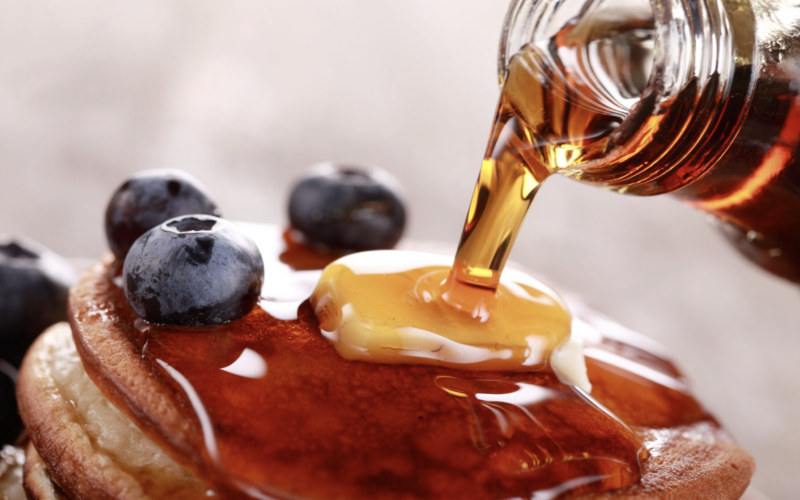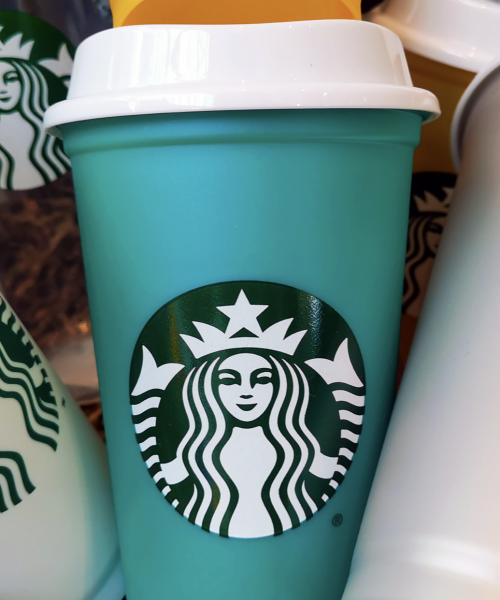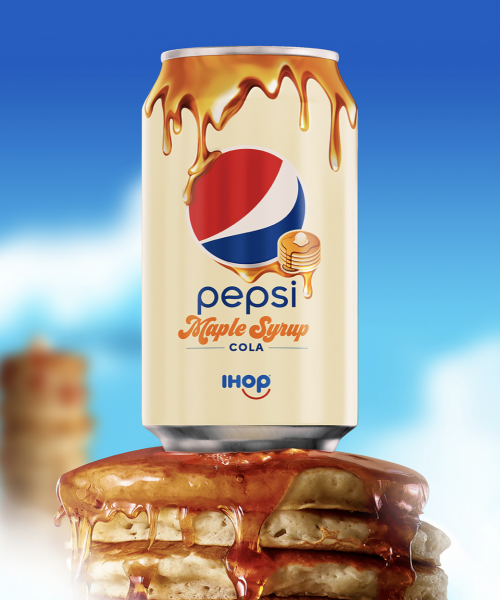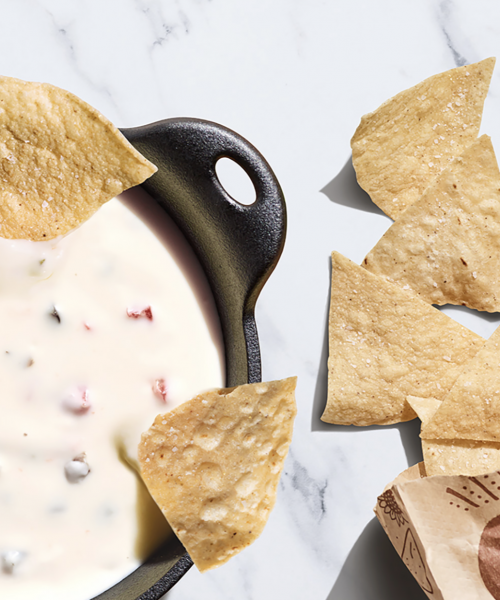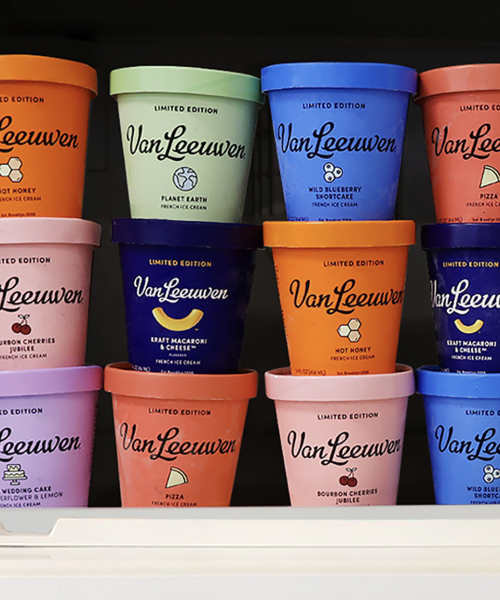By Sarra Sedghi | FoodAndWine.Com
Troy Warren for CNT #Foodie
That “pancake syrup” could be a fraud.
Whether it’s a bottle of Mrs. Butterworth’s or Maple Grove, pancake syrup brings a lot of saccharine flavor to the kitchen. Using it as an ingredient or a marinade rather than simply a pancake topper is all it takes to make a bottle of syrup the unsung hero of your kitchen.
But unless that bottle says “pure maple syrup,” it probably doesn’t contain any real maple at all. That’s right — most syrups in the breakfast aisle do not, in fact, contain any maple syrup. But unless you read closely, you may not realize that.
Read on to learn the differences between pure maple syrup and pancake syrup, even when it’s maple flavored, as well as a few indicators that will tip you off at the store.
Real Maple Syrup Versus Fake Maple Syrup
The easiest way to tell whether that maple-flavored syrup is legit is to read the label.
Genuine maple syrup is purely made from maple sap that’s been boiled down until it reaches a syrupy consistency, and therefore will only have that lone listed ingredient. This is different from pancake syrup, which is made using cheaper (and more accessible) ingredients, such as high-fructose corn syrup, cellulose gum, artificial sugars like sorbitol and sucralose, and caramel color.
A maple-flavored syrup, then, is a pancake syrup with extract or natural and artificial flavors mixed in, but no actual maple.
“There are strict regulations about what people can put on their label, and it’s gotta say pure maple syrup,” says Laura Sorkin, co-founder of Runamok Maple. “They’re all corn syrup with maple flavoring. They can throw in two percent maple syrup and say it’s maple-flavored, but the fact is it’s pretty much just corn syrup and flavoring.”
Maple flavoring and extract are often touted as natural products, but any maple within them is artificial. “If it’s coming in those little bottles, then that’s chemicals,” Sorkin adds.
To be clear, regular pancake syrup often gets the job done, especially with a short stack. But if you’re using syrup to make baked goods or give roasted veggies a boost, you’ll have far better results with the real thing.
Other Differences Between Maple Syrup and Pancake Syrup
Cost: The most discernible difference between pure maple syrup and pancake syrup is cost. Pancake syrup has a much lower cost, with cheaper brands typically being under $4. Organic, sugar-free, and maple-flavored pancake syrups are priced a little higher, but unless you’re buying a large bottle or container you likely won’t spend more than $10.
Pure maple syrup, on the other hand, costs much more. Typical 12.5-ounce bottles start around $8, and this $2.49 bottle from Target, for example, only contains 3.4 ounces of pure maple syrup.
Appearance: Pancake syrup typically comes in one hue, the dark caramel color you also see in cola-flavored soft drinks. Maple syrup comes in a variety of grades, which are indicated by their colors — amber and golden maple syrup grades are much lighter than pancake syrup.
Additionally, since it is a more expensive product, pure maple syrup usually comes in nicer packaging, such as a transparent glass bottle.
Texture: Pure maple syrup is much thinner than pancake syrup, and often seems like a liquid. If you’ve ever accidentally knocked over a bottle of maple syrup or poured a little too intensely, you risk losing a significant amount of what’s in the bottle. Pancake syrup has more viscosity and density. It’s oozy and sticky, and may need a bit of a squeeze to get out of the bottle and onto your pancakes.
Shelf life: Pure maple syrup contains no preservatives and has a much shorter shelf life than pancake syrup. Unopened maple syrup can last up to a year in the pantry, but once it’s opened it should be moved to the refrigerator and used up within a year, according to the FDA. Pancake syrup, on the other hand, does not require refrigeration after opening because it contains a number of preservatives to help it last longer. Tightly sealed at room temperature, pancake syrup will last 18 to 24 months after opening.
In Other NEWS


























